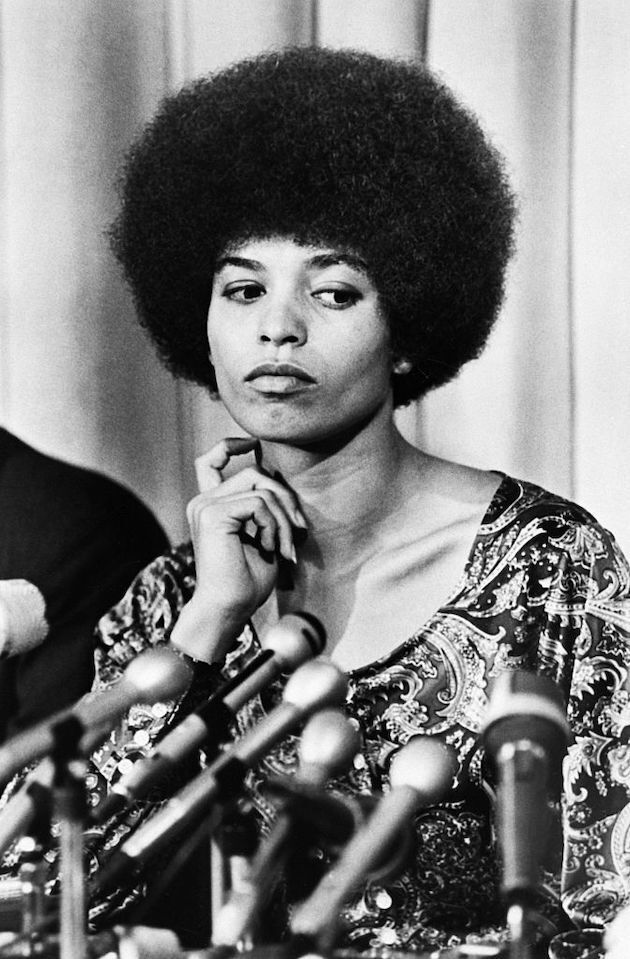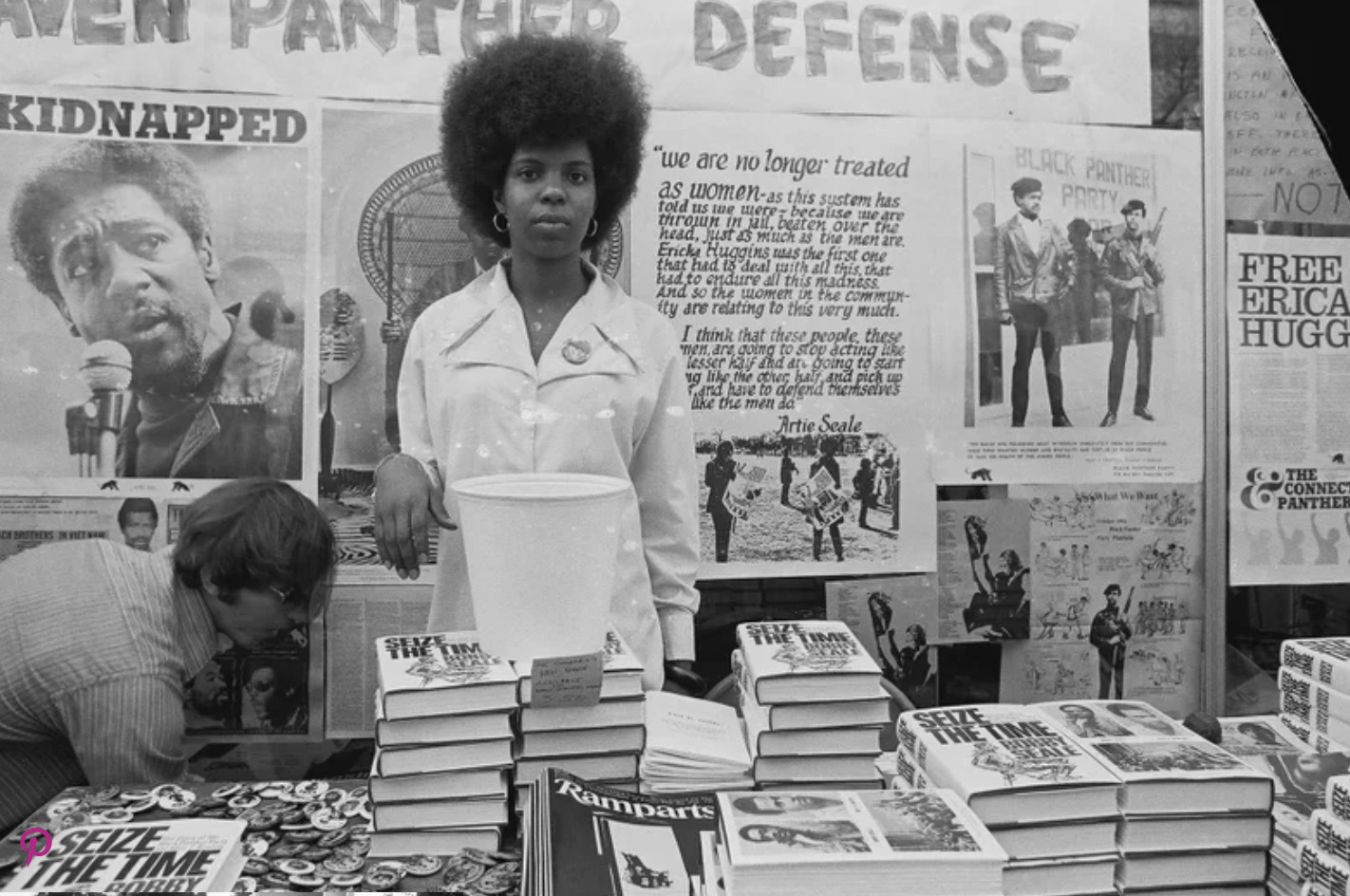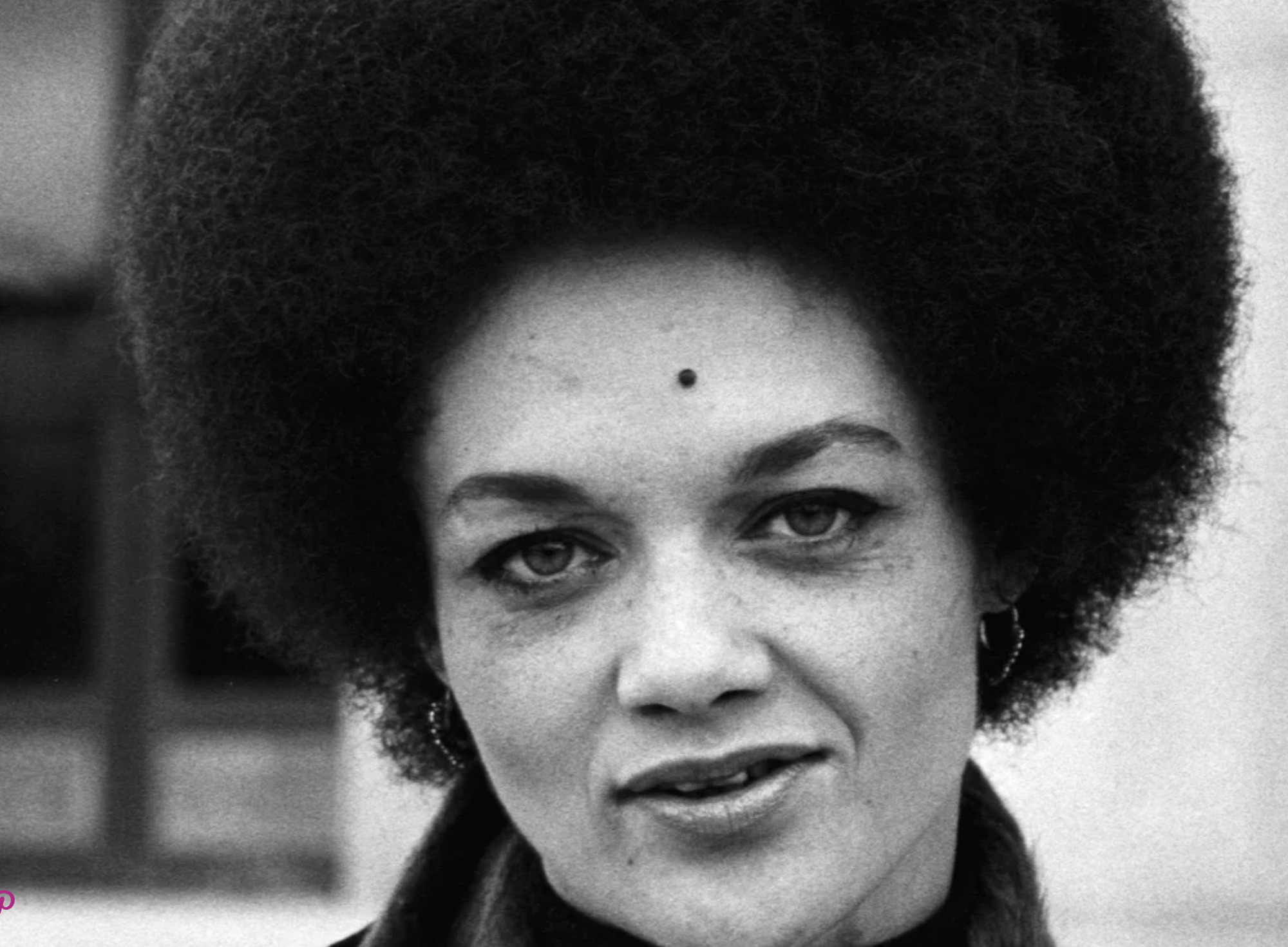RACE, RESISTANCE, POWER & THE ARCHIVE
Many white people believed that Blackness and Beauty were mutually exclusive (Morgan,1). Some women would say otherwise. Regardless of the intentional marketing of white beauty standards toward Black women in the 1965 EBONY Magazines, women who sought liberation from these ideals wore their natural hair as they pleased. "Politics and fashion were fused during this time and the use of these symbolic fashion statements sent a clear message to America and the rest of the world that African Americans were proud of their heritage, that Black was indeed beautiful and that it was important to embrace ones of African identity” (Vargas, 95). The radical styling of the afro by Black women affiliated with the Black Panther Party was a prime example of this.
In conclusion, Advertisements in 1965 EBONY magazines were intentionally directed toward Black women to encourage them to conform to a white standard of beauty. Refusal to conform to the popularized white standard of beauty was a direct act of resistance for black women such as those in the Black Panther Party. This brings to the forefront a conversation about race, resistance, and power for Black America in the mid twentieth century.
Reflecting on the EBONY Archive, if the magazine's intention was to showcase black people in their best light, Black women who reflected white standards of beauty were considered the “best light”. With the hopes of giving the community a facelift after the release of the Moynihan report, changes in the physical appearance of Black people would offer them a more respectable place in society.
Considering that the whole year [except for April] of the 1965 EBONY production year is accessible, there was a lot that could be learned about the meanings of freedom for Black women of that year. Without this comprehensive vault, there would be a large gap in understanding integral details of what race, resistance, and power looked like for Black women during that time.
Works Cited
CR Fashion Book, https://www.google.com/url?sa=i&url=https%3A%2F%2Fcrfashionbook.com%2Fculture- g28636093-angela-davis-quotes-inspiration%2F&psig=AOvVaw3Y58Ye_TW5kU4J8A2U5bJh&ust=1710282884820000&source=images&cd=vfe&opi=89978449&ved=0CBUQjhxqFwoTCPD977Ci7YQDFQAAAAAdAAAAABBC.
“The First Issue of ‘Ebony’ Magazine Is Published | November 1, 1945.” History.Com, A&E Television Networks, www.history.com/this-day-in-history/first-issue-ebony-magazine-published#:~:text=John%20H.,negative%20images%20and%20non%2Dimages. Accessed 11 Mar. 2024.
Massey, Douglas S, and Robert J Sampson, editors. “Quick Read Synopsis: The Moynihan Report Revisited: Lessons and Reflections after Four Decades.” The Annals of the American Academy of Political and Social Science, vol. 621, Jan. 2009, pp. 315–326, https://www.jstor.org/stable/40375844?seq=1.
Morgan, Jennifer L. “‘Some Could Suckle Over Their Shoulder’: Male Travelers, ...” JSTOR, The William and Mary Quarterly, Jan. 1997, fac.umass.edu/ArticleMedia/Files/MorganSomeCouldSuckleOverTheirShoulder.pdf.
“The Significance of ‘The Doll Test.’” Legal Defense Fund, 9 Nov. 2023, www.naacpldf.org/brown-vs-board/significance-doll-test/.
Vargas, Mary. “Fashion Statement or Political Statement: The Use of Fashion to Express Black Pride during the Civil Rights and Black Power Movements of the 1960s.” Bridgewater State University, Undergraduate Review, 2009, vc.bridgew.edu/undergrad_rev/vol5/iss1/19.
White, Brooklyn. “Honoring the Women of the Black Panther Party.” Essence, Essence, 15 May 2022, www.essence.com/holidays/black-history-month/women-black-panther-party/.



